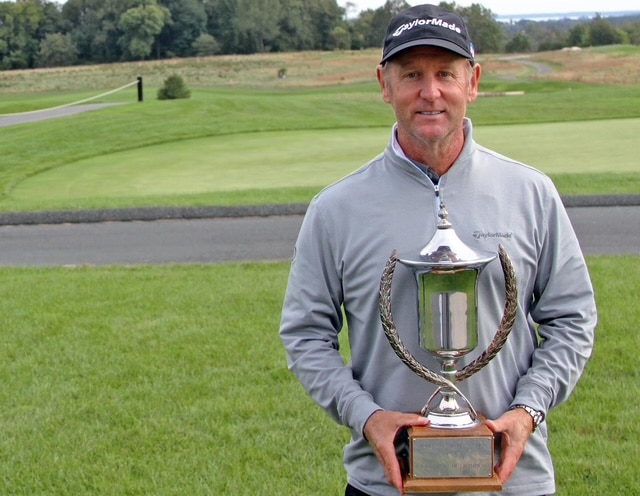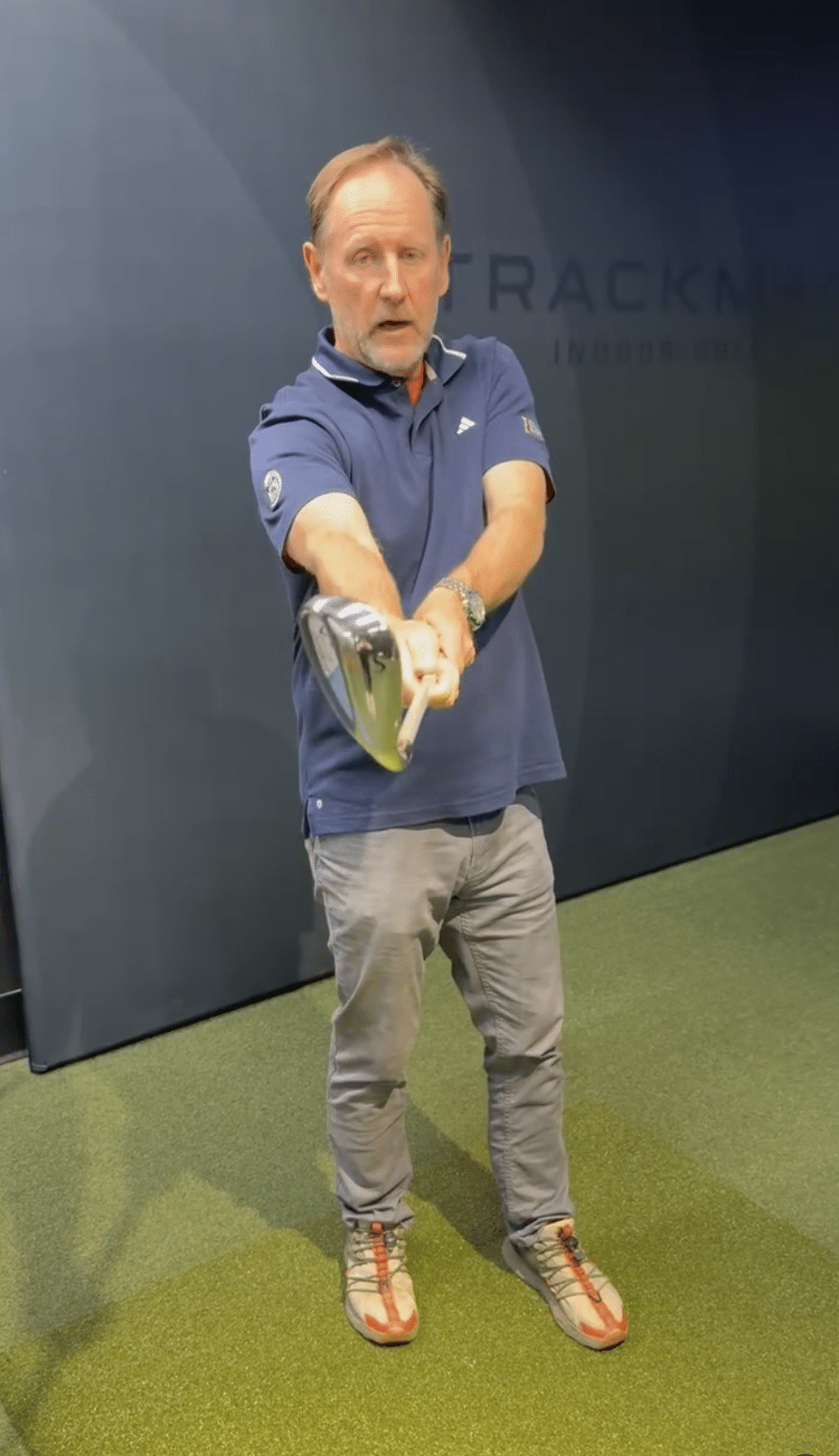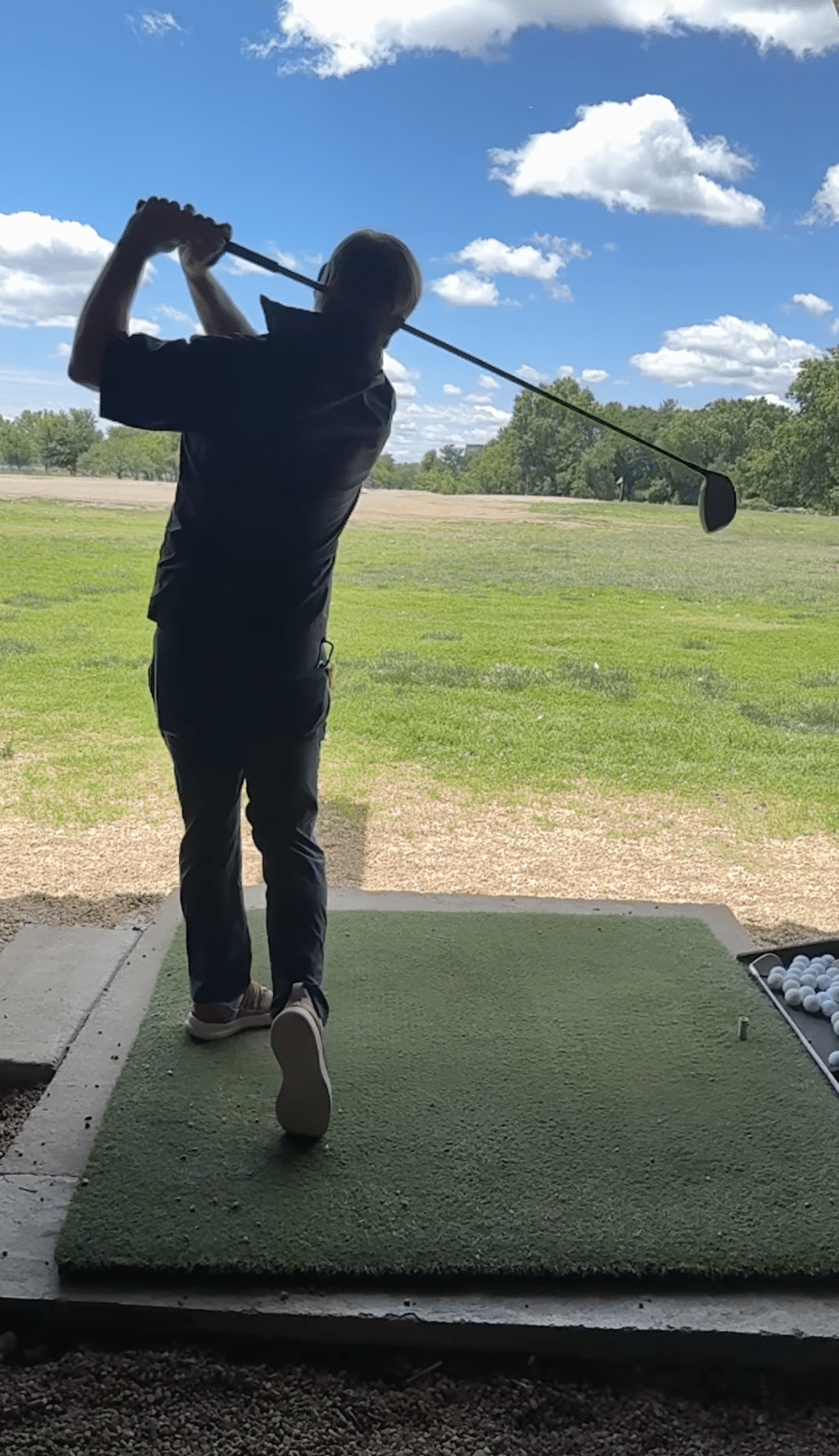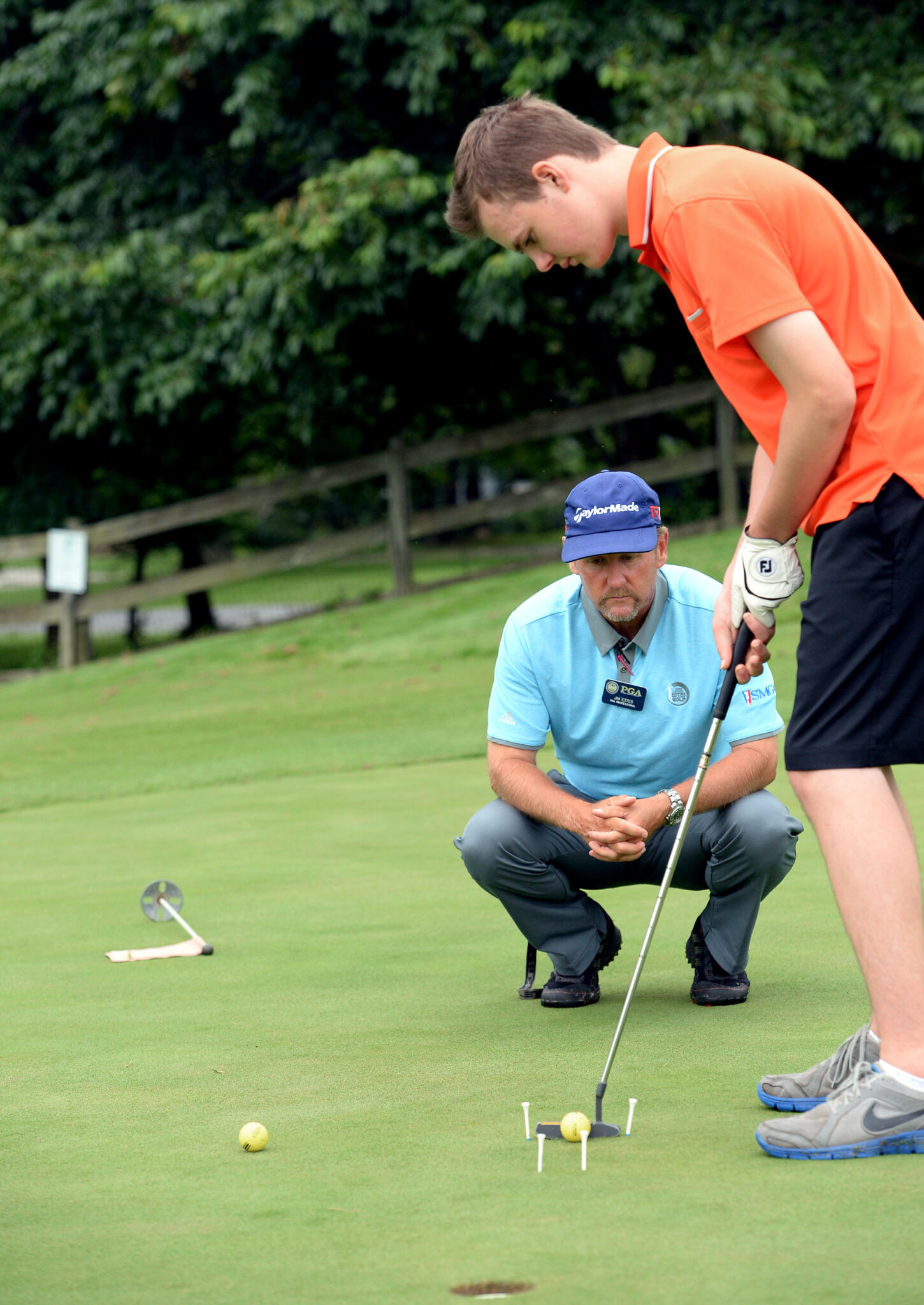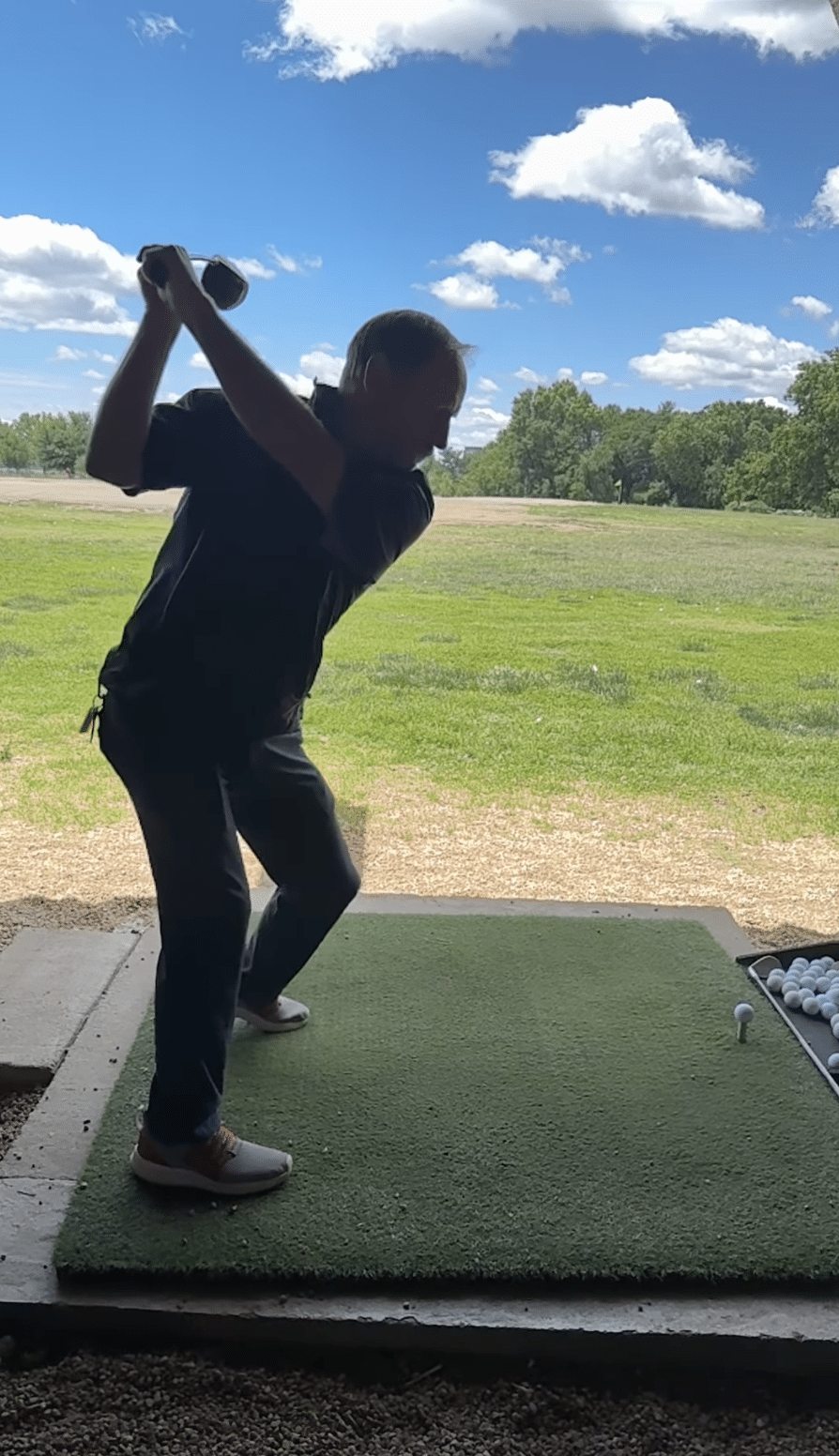By Vinnie Manginelli, PGA
Jim Estes is a six-time Golf Range Association of America (GRAA) Elite Growth of the Game Teaching Professional after earning GRAA Top 50 Growth of the Game Teaching Professional honors for several years before that. He has also garnered many accolades in the Middle Atlantic PGA Section, as well as with GOLF Magazine and Golf Digest.
This leader in golf coaching and player development is the subject of this month’s Five Questions feature.
Golf Range Magazine: When did you get your start in golf, and who got you into the game?
Estes: My dad started me out with cut-down clubs before I got my Sam Snead Young Champs when I was nine years old. He had taken up the game of golf at age 34 and caught the bug. He made two pars in his first nine-hole round after taking a lesson from pro George Deffenbaugh at Kenwood Country Club in 1962 on the advice of then insurance agent Deane Beman. Deane was a decorated amateur, winning both the U.S. Amateur and British Amateur. He waited until age 27 to turn pro and would, of course, go on to spend 20 years as the commissioner of the PGA Tour. Dad told me Deane was the first guy to use a yardage book and taught Jack Nicklaus how to do so.
As I got more into the game, I started playing at the Bethesda Country Club in Maryland.
Golf Range Magazine: Did you play golf in high school or college? When did you know you wanted to be a PGA of America Golf Professional?
Estes: I got a scholarship to the University of Tennessee after being ranked 15th in the AJGA rankings my senior year of high school. Tennessee was one of several Division I opportunities I received after reaching the 1982 U.S. Junior Amateur semifinals.
I knew I wanted to be a PGA of America Golf Professional after working as a forecaddie for Past PGA President Max Elbin at Burning Tree Club when I was 14 years old. He made all caddies take a rules test and shag balls for the members. My pro, Mr. Jim Folks, who gave me my first lesson, worked for Mr. Elbin. Mr. Folks thought I would learn a lot from Mr. Elbin. In fact, I remember Mr. Elbin saying he thought I had good potential. He paired me up with Vice President Dan Quayle, who played golf at Indiana University. He shot well, and I got a good tip because I did not lose a ball.
Golf Range Magazine: What’s trending in programming and instruction at your facility?
Estes: I am now a performance coach who guarantees results by dropping players’ scores by three, five and sometimes even 15 shots. I utilize a Scoring Method and provide vital analytics. For example, to break 80, students need to get the ball within 25 yards of the flagstick in regulation on six different holes in an 18-hole round. From 25 yards and closer, they need to get down in two shots four times for par in an 18-hole round.
Students have to track proximity to the hole on the first putt, with the goal being to prevent three-putting by getting the first putt within 10 percent of the total distance. For example, proximity from 30 feet on the first putt should be three feet on the first putt.
My coaching now starts with an on-course game assessment and an improvement plan that looks at the keys to scoring in a realistic, timely and goal-based manner. This means no penalty shots, three-putts or missing the green on the short side of the putting surface. I also grade them on how they get out of trouble. I want to see if they take unnecessary risks. After the game assessment, we sit down and map out a 12-week plan with realistic, timely goals.
Recently, in my adult coaching program, my student Robert Wheeler wrote a Facebook testimonial and is going to record a video testimonial for my website. He started with 48 in my on-course assessment six weeks ago and recently shot 82, with a 39 for nine holes.
Golf Range Magazine: What is your favorite part of the game of golf? The business of golf?
Estes: The mental process that allows me to get into the flow state is a favorite aspect of the game. I love grading my game based on whether my mental pre-shot process was consistent from shot to shot. Did I stay positive and present during the round? Did I rush or get negative?
The business of golf means lifelong connections and customer retention. The trips l have gone on over the years, for example, to the Taylormade Invitational, involve four rounds of competition, which both my students and I love. The team’s successes over the years are usually talked about frequently every year on the trip.
Golf Range Magazine: What does the future hold in golf for you?
Estes: Eventually, I would like to sell my business to a PGA of America Golf Professional. But for now, I see the effects of AI on coaching and marketing being the next big thing. Online coaching with AI will lead to huge sales in the video subscription business. Several pros already have a huge video library subscription business.

